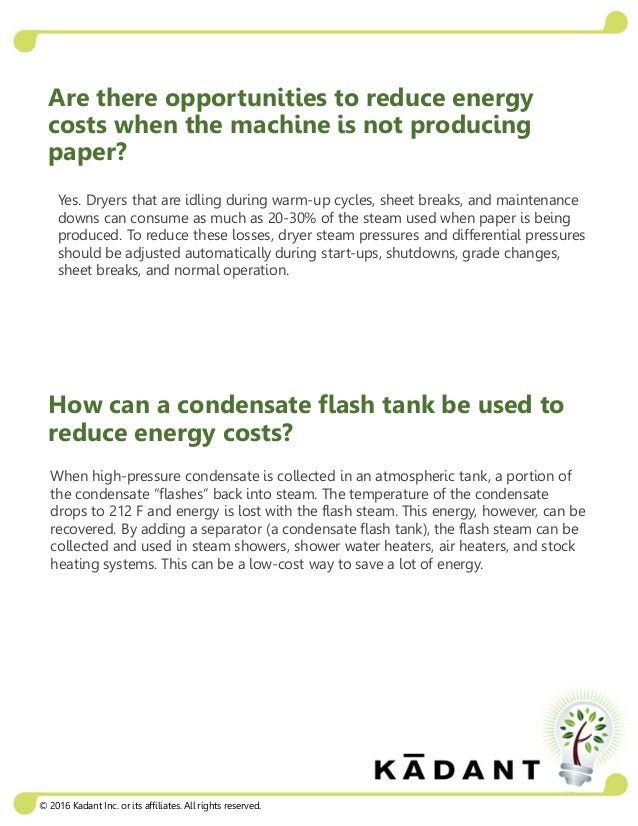Steam Condenser Ppt Download For Mac
INTRODUCTION: INTRODUCTION Surface condenser is the commonly used term for a water-cooled shell and tube heat exchanger installed on the exhaust steam from a steam turbine in thermal power stations. 1.2 Elements of a Steam Condensing Plant The main elements of a steam condensing plant are: — a condenser in which the exhaust steam in condensed, — supply of cooling or injection water, for condensing exhaust steam. Steam condensers and cooling towers ppt Presentation Summary: Steam condenser. A steam condenser is a closed vessel in to which the steam is exhausted, and condensed after doing work in an engine cylinder or turbine. Chart and Diagram Slides for PowerPoint - Beautifully designed chart and diagram s for PowerPoint with visually stunning graphics and animation effects. Our new CrystalGraphics Chart and Diagram Slides for PowerPoint is a collection of over 1000 impressively designed data-driven chart and editable diagram s guaranteed to impress any audience. 


Free Downloads For Mac
RANKINE CYCLE: RANKINE CYCLE The Rankine cycle used in modern power plants has many more components, but the four components are common to all power plants. In this cycle, water is heated in the steam generator to produce high temperature and pressure steam. This steam is then expanded in a turbine to produce electricity from a generator that is connected to the turbine. The steam from the turbine is then condensed back into water in the condenser. The pump then returns the water to the steam generator.
CONDENSER: CONDENSER The main purposes of the condenser are to condense the exhaust steam from the turbine for reuse in the cycle and to maximize turbine efficiency by maintaining proper vacuum. As the operating pressure of the condenser is lowered (vacuum is increased), the enthalpy drop of the expanding steam in the turbine will also increase. This will increase the amount of available work from the turbine (electrical output). By lowering the condenser operating pressure, the following will occur: • Increased turbine output • Increased plant efficiency • Reduced steam flow (for a given plant output) It is therefore very advantageous to operate the condenser at the lowest possible pressure (highest vacuum). CONDENSER OPERATION: CONDENSER OPERATION The main heat transfer mechanisms in a surface condenser are the condensing of saturated steam on the outside of the tubes and the heating of the circulating water inside the tubes. Download spss for mac free trial.
Thus for a given circulating water flow rate, the water inlet temperature to the condenser determines the operating pressure of the condenser. As this temperature is decreased, the condenser pressure will also decrease. As described above, this decrease in the pressure will increase the plant output and efficiency. Due to the fact that a surface condenser operates under vacuum, noncondensable gases will migrate towards the condenser. The noncondensable gases consist of mostly air that has leaked into the cycle from components that are operating below atmospheric pressure (like the condenser). These gases can also result from caused by the decomposition of water into oxygen and hydrogen by thermal or chemical reactions. These gases must be vented from the condenser.
REASON FOR REMOVING AIR/GAS: REASON FOR REMOVING AIR/GAS • The gases will increase the operating pressure of the condenser. Since the total pressure of the condenser will be the sum of partial pressures of the steam and the gases, as more gas is leaked into the system, the condenser pressure will rise. This rise in pressure will decrease the turbine output and efficiency. • The gases will blanket the outer surface of the tubes. This will severely decrease the heat transfer of the steam to the circulating water. Again, the pressure in the condenser will increase.